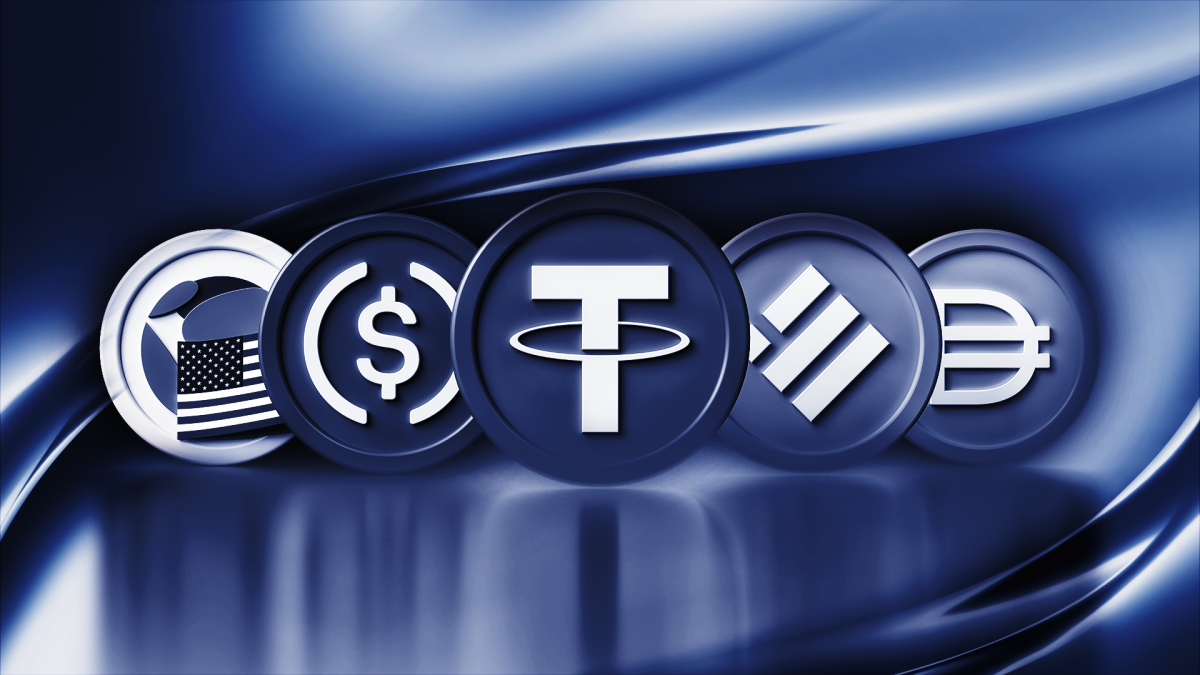Artificial intelligence, blockchain technology and stablecoins are reshaping the future of global investment. Anchored in JP Morgan’s long-term market outlook, we examine the convergence of technological innovation and demographic change, particularly the massive transfer of wealth to younger generations.

The global financial ecosystem is undergoing a profound transformation, driven not only by emerging technologies such as artificial intelligence (AI) and blockchain, but also by sweeping demographic and macroeconomic shifts. At the heart of this evolution lies what JP Morgan has identified as the largest intergenerational wealth transfer in human history—an unprecedented movement of capital from the retiring baby boomer generation to younger cohorts, primarily millennials and Generation Z. This tectonic shift, involving the redistribution of trillions of dollars, is expected to accelerate the adoption of digital assets, blockchain-based infrastructures, and AI-driven investment frameworks, thereby reshaping the foundational principles of capital allocation, asset management, and global liquidity flows.
According to JP Morgan’s forward-looking research publication, The Evolution of the Science and Art of Investing: 30 Years Back, 30 Years Forward, the integration of next-generation digital technologies into the investment process is not merely a supplementary trend—it is becoming the new baseline. This convergence is reshaping how portfolios are constructed, how assets are issued, traded, and settled, and how risk is evaluated across multiple time horizons. AI and blockchain, once considered speculative or niche, are now positioned as core enablers of financial innovation, with capabilities that extend across market prediction, algorithmic trading, decentralized finance (DeFi), and the tokenization of traditionally illiquid instruments.
Artificial intelligence, in particular, is rapidly evolving into the engine of real-time investment decision-making. Advanced machine learning algorithms, neural networks, and reinforcement learning models are increasingly being deployed in high-frequency trading (HFT), portfolio optimization, and behavioral finance analysis. These systems are capable of digesting massive quantities of structured and unstructured data—including social sentiment, geopolitical developments, and macroeconomic indicators—and converting them into probabilistic insights in milliseconds. This will foster an environment in which algorithms compete autonomously for alpha generation, while human fund managers shift toward strategic oversight, scenario analysis, and the interpretation of longer-term inflection points. Rather than replacing human intelligence, AI is augmenting it, enabling more sophisticated investment strategies through hybrid models that blend quantitative precision with qualitative judgment.
In parallel, blockchain technology is laying the groundwork for a decentralized financial infrastructure, enabling the tokenization of real-world assets (RWA), automated compliance, and instant settlement mechanisms through smart contracts. Tokenization, which refers to the digital representation of physical or financial assets on a distributed ledger, has the potential to dismantle many of the structural barriers that have historically limited access to private equity, real estate, and structured debt markets. By fractionalizing high-value assets and enhancing their liquidity, blockchain introduces a level of transparency, accessibility, and programmability previously unattainable in traditional finance (TradFi). Furthermore, this digitization of value is compatible with modular financial architecture, where financial products can be built, combined, and transacted in a permissionless and interoperable manner across platforms.
Among blockchain’s most disruptive use cases are stablecoins—cryptographic tokens pegged to fiat currencies or commodities, designed to offer the benefits of blockchain (e.g., programmability, global reach, low transaction costs) without the price volatility typically associated with cryptocurrencies like Bitcoin or Ether. Both JP Morgan and a16z Crypto have emphasized the central role that stablecoins are poised to play in the emergent digital economy. They are not merely instruments for speculative trading or temporary liquidity. Rather, they are increasingly functioning as a new layer of financial infrastructure, serving as both a unit of account and a medium of exchange in cross-border payments, decentralized applications (dApps), and tokenized investment platforms. Their efficiency in executing rapid, transparent, and cost-effective transfers renders them particularly attractive for institutional use cases, including supply chain finance, international trade settlements, and programmable payroll systems.
An underappreciated implication of the rise of stablecoins is their macroeconomic impact, particularly in relation to the global demand for U.S. Treasury securities. Many of the most widely adopted stablecoins—such as USDC and USDT—are backed by reserves composed predominantly of short-term Treasuries. This creates an unconventional but significant demand vector for U.S. government debt, reinforcing dollar hegemony at a time when central banks across the globe are actively seeking to diversify their reserves into alternative assets such as gold, commodities, and digital currencies. However, JP Morgan cautions that this could also introduce new systemic risks. The digitization and concentration of dollar liquidity in blockchain ecosystems may contribute to increased global financial volatility, and could spark contentious debates around monetary sovereignty, particularly in emerging markets seeking to establish independent monetary policies.
The demographic context is equally critical. Surveys and behavioral data consistently show that younger generations, especially those who matured during the post-2008 financial crisis and the COVID-19 pandemic, are more inclined to challenge the legacy structures of the financial system. Generation Z and millennials demonstrate greater trust in decentralized platforms, higher risk tolerance for digital assets, and preference for thematic, impact-oriented investing over traditional stock-bond portfolios. These cohorts are not merely reacting to technological change—they are driving it. Their financial literacy is deeply intertwined with digital fluency, and their expectations are shaped by user-centric, mobile-first experiences in banking, investing, and payments. Consequently, institutional asset managers are under mounting pressure to adapt by integrating crypto-assets, tokenized products, and digital advisory platforms into their service offerings.
The democratization of finance—a process often cited as aspirational in regulatory discourse—is now becoming tangible through tokenization. By digitally representing and subdividing assets, blockchain lowers the entry threshold for retail and mid-sized investors to participate in historically exclusive markets. This also enhances price discovery, improves market liquidity, and reduces counterparty risk through immutable and transparent records of ownership and transaction history. However, such transformation is not frictionless. Regulatory clarity remains one of the most significant obstacles to full-scale implementation. JP Morgan stresses that success will depend on the ability of regulators to create adaptive, forward-looking legal frameworks that balance innovation with systemic stability. The post-crisis decades of deregulation, re-regulation, and financial instability have left a complex legacy, and the emergence of programmable money and algorithmic markets demands a regulatory paradigm capable of dynamic response.
Compounding these structural shifts is the increasing politicization of the global economic cycle. Fiscal imbalances, protectionist policies, and geopolitical fragmentation are no longer peripheral risks—they are central variables influencing inflation, capital flows, and investment horizons. In such an environment, digital assets may emerge not only as instruments of diversification, but also as geoeconomic tools in the contest for influence over global monetary standards. If the long-term dominance of the dollar continues to erode, stablecoins and central bank digital currencies (CBDCs) could become instruments of soft power in a multipolar currency regime.
JP Morgan concludes that the traditional 60/40 portfolio allocation model—60% equities and 40% fixed income—may no longer be sufficient in this evolving context. Over the next three decades, portfolio construction will likely shift toward a core-satellite model, where conventional assets anchor stability, while satellites of stablecoins, tokenized assets, and digital currencies provide agility, diversification, and exposure to innovation. This transition will not nullify the enduring principles of investment—clarity of objectives, disciplined execution, diversification, and risk management remain paramount—but it will require these principles to be applied within a radically different market architecture, where AI and blockchain are not auxiliary technologies, but integral to the functioning of global finance.
